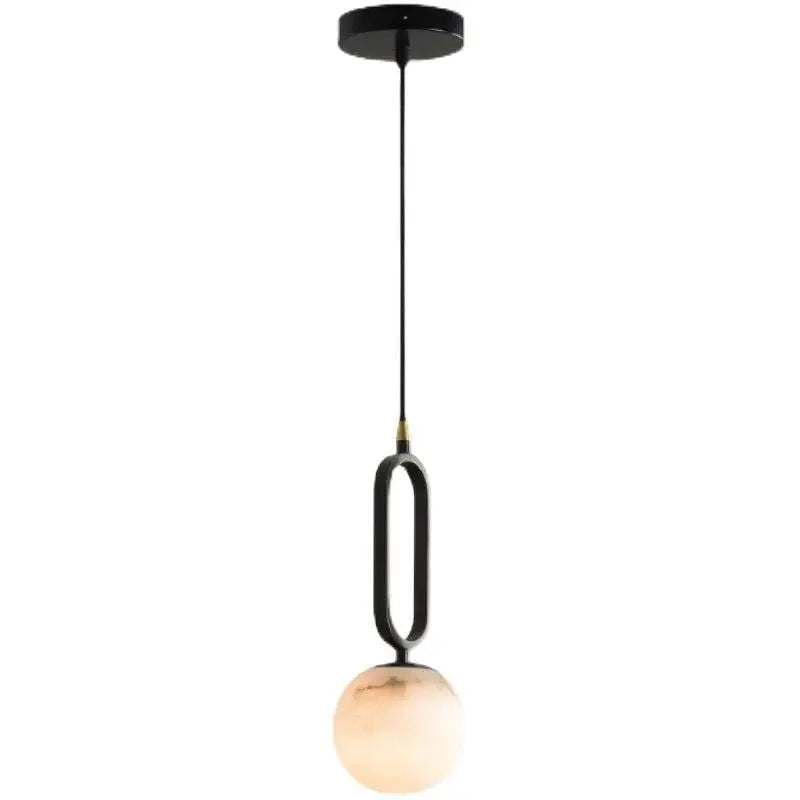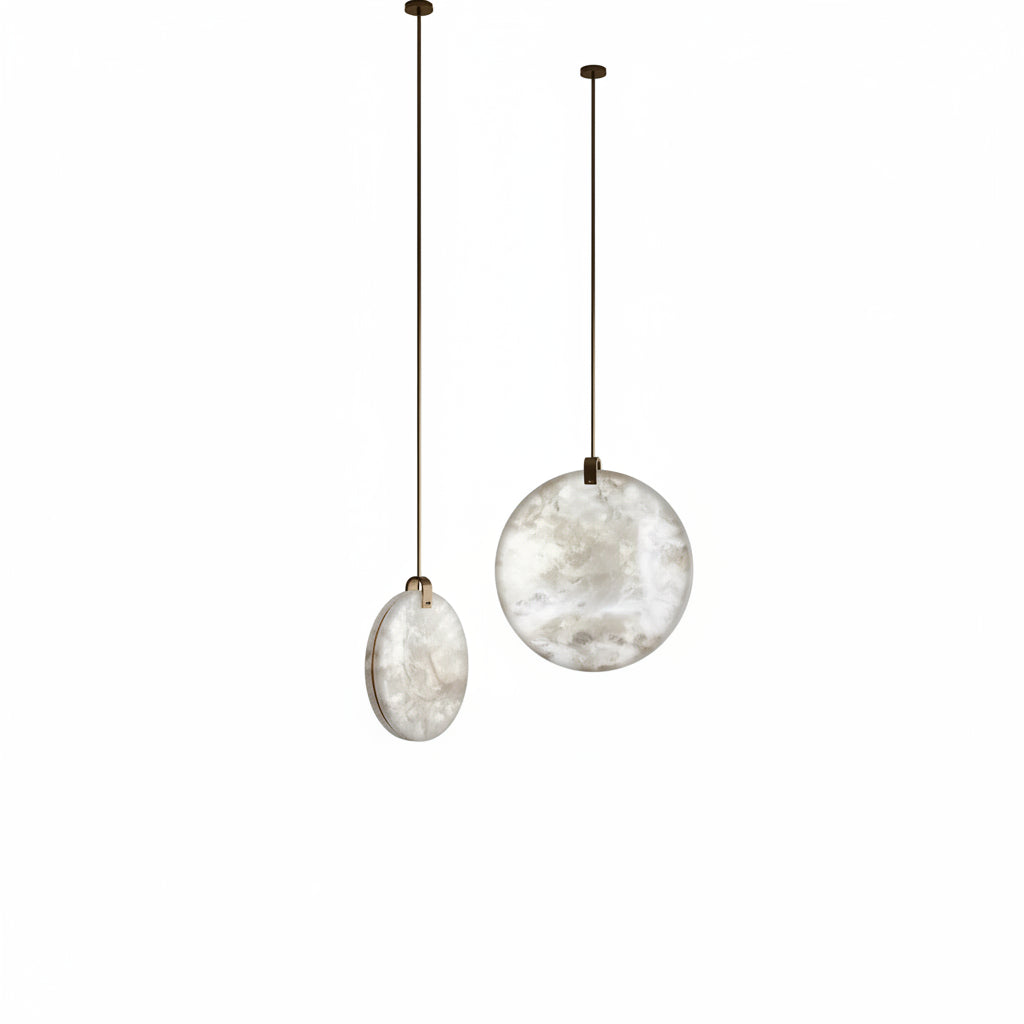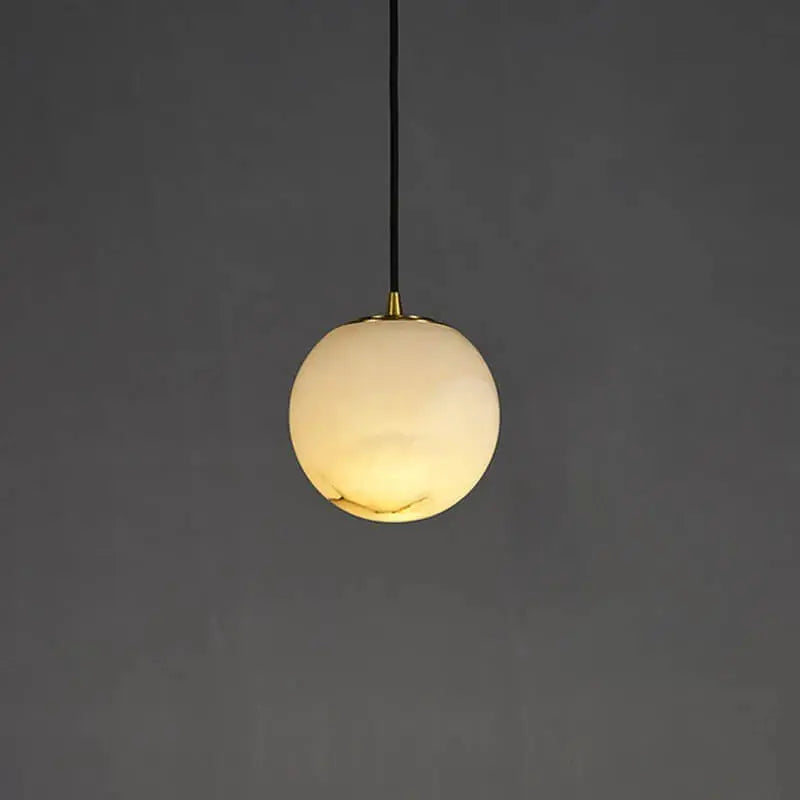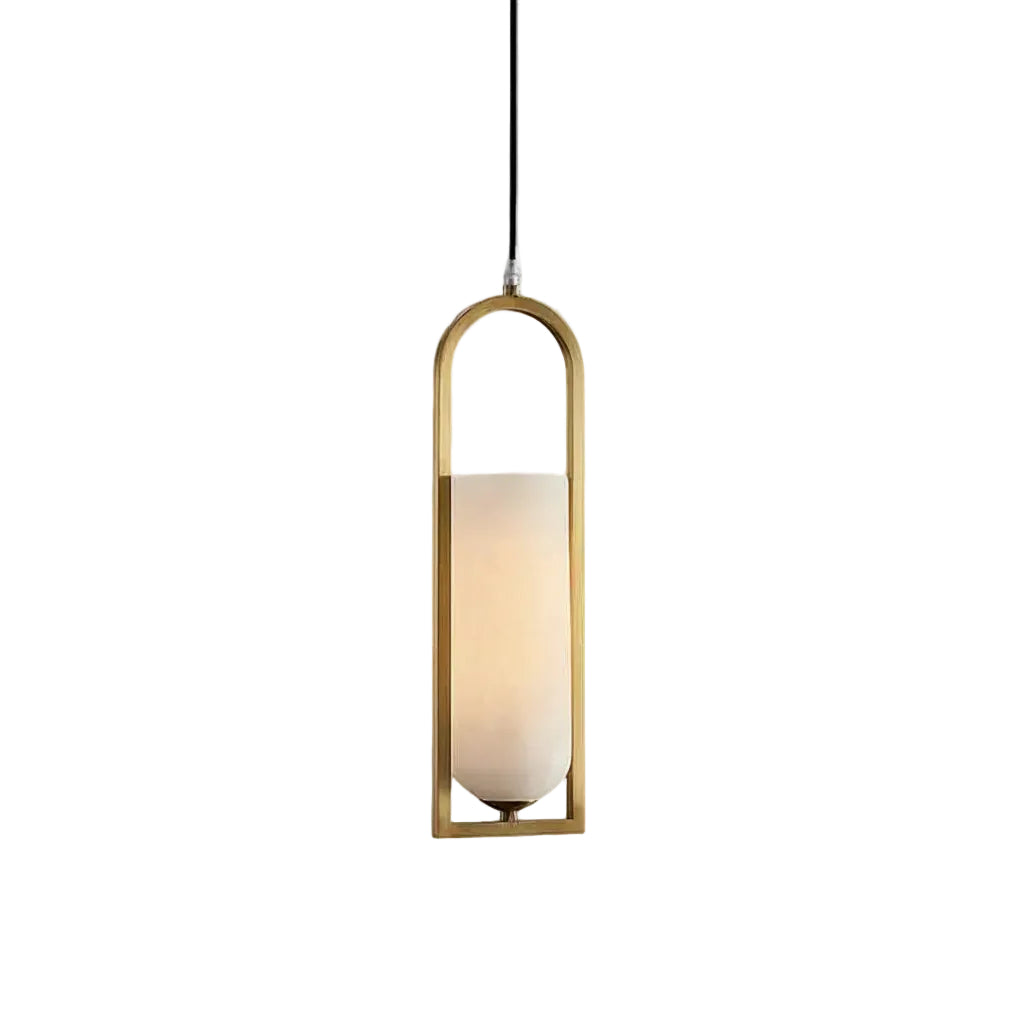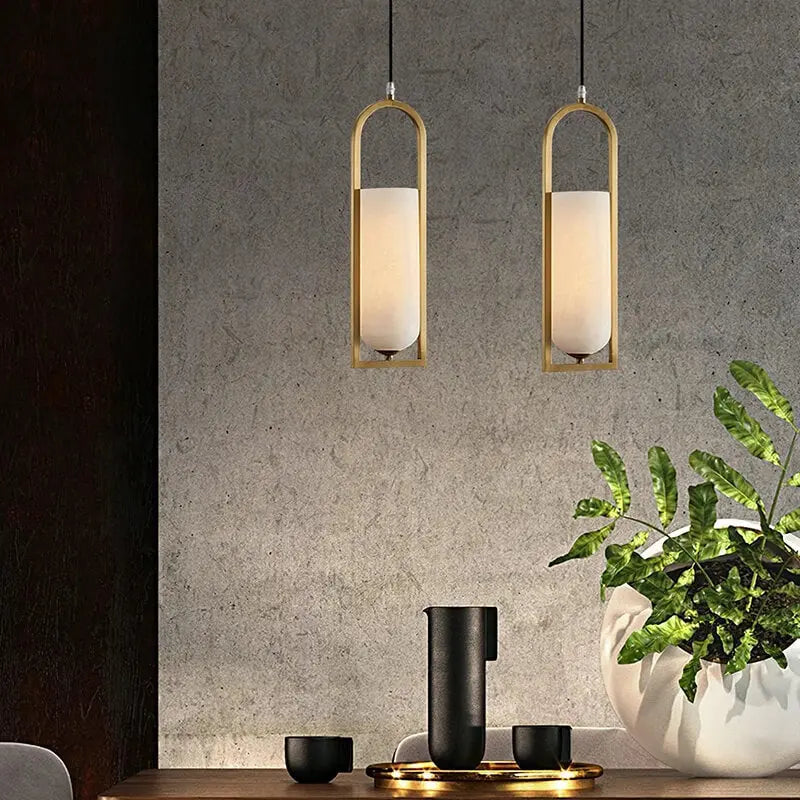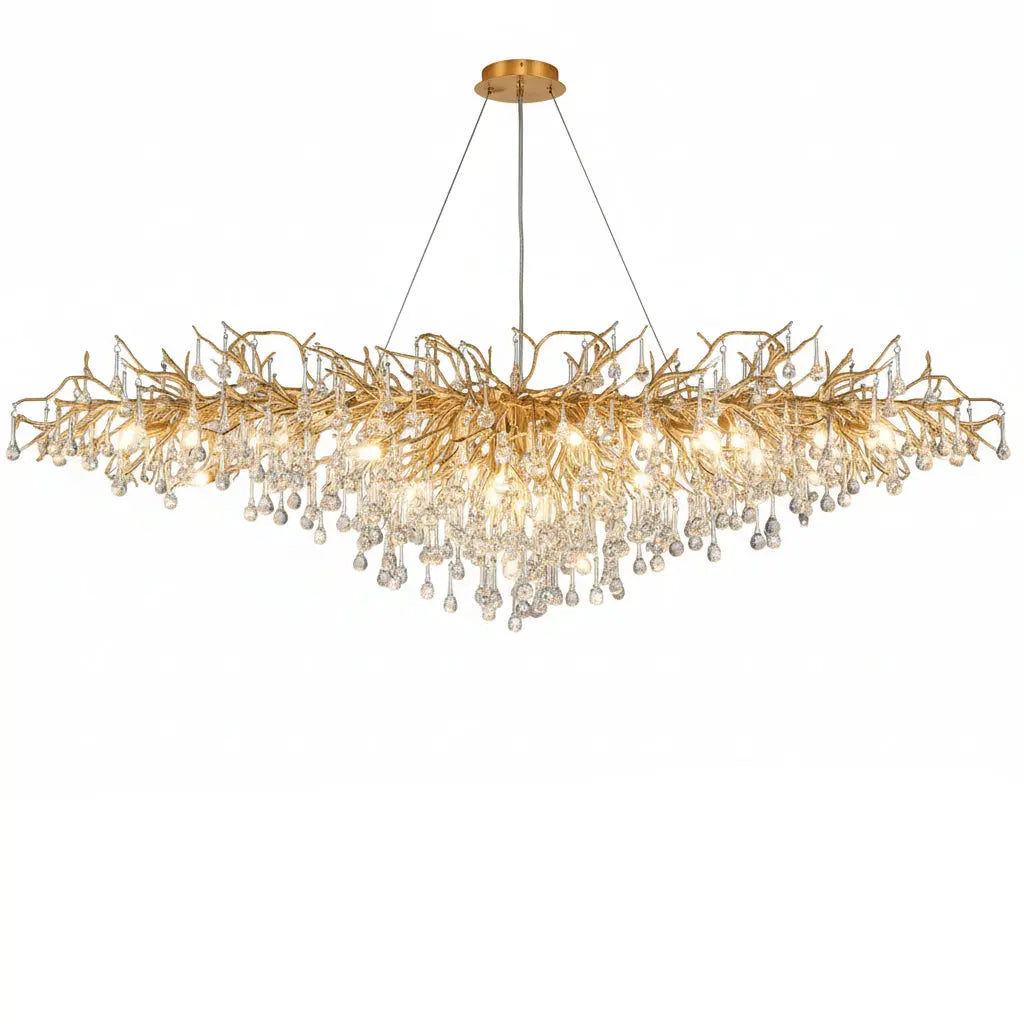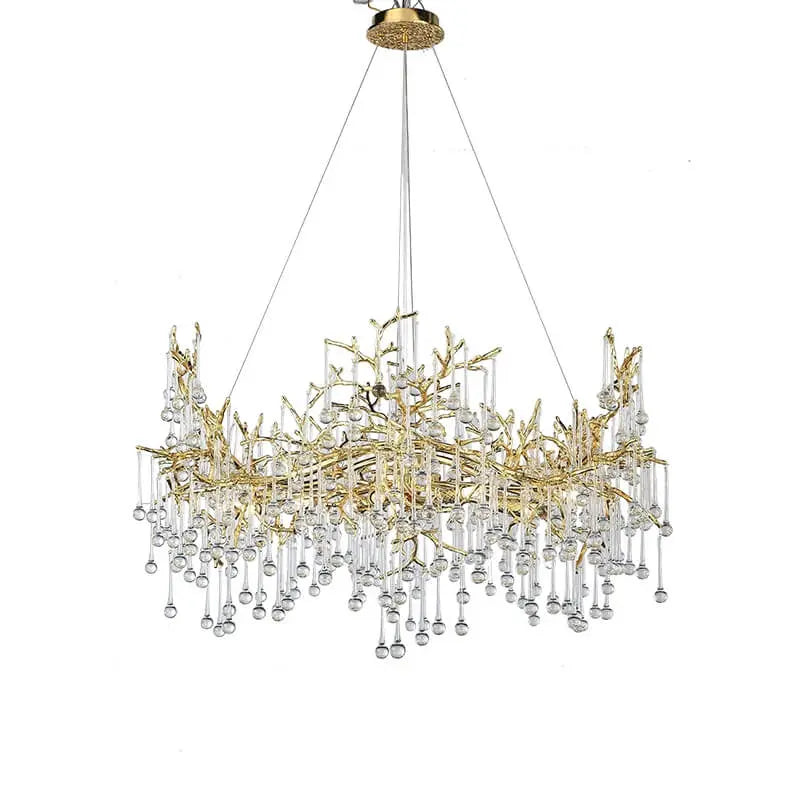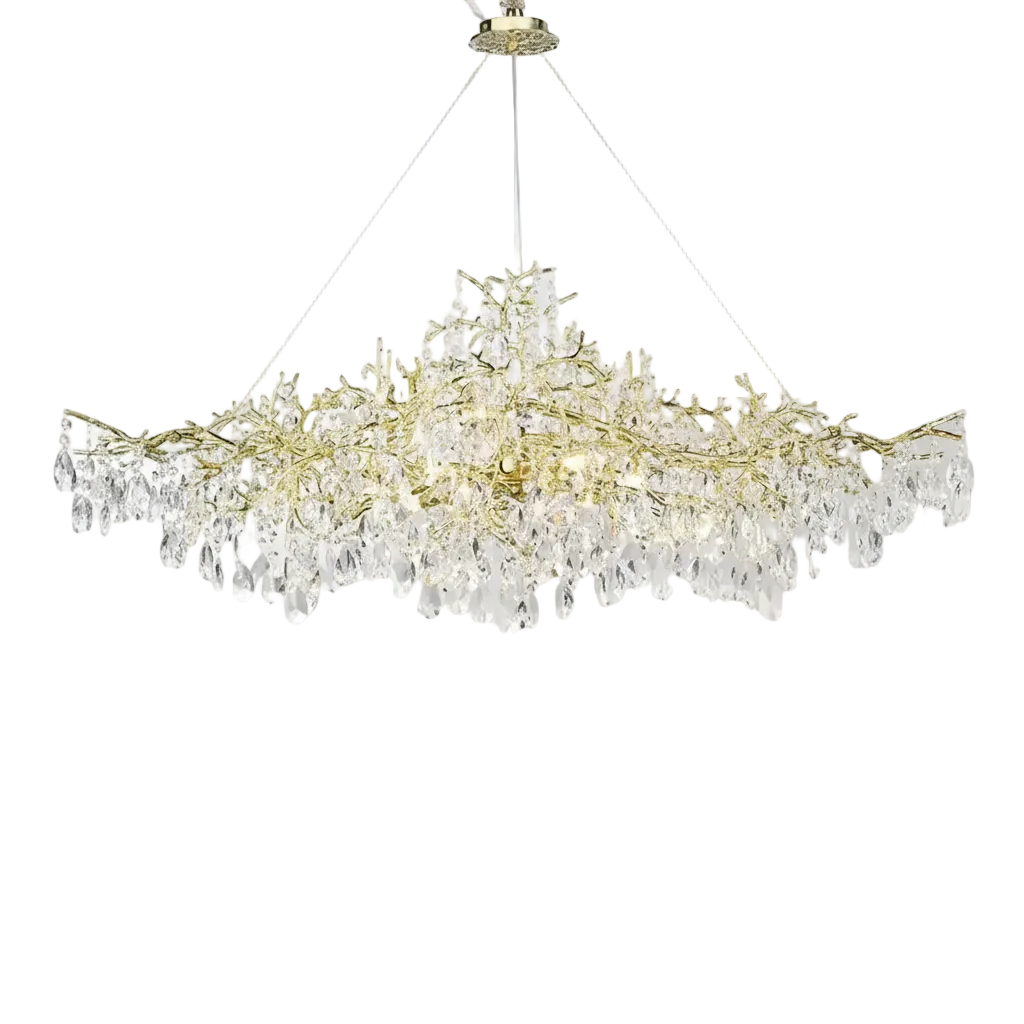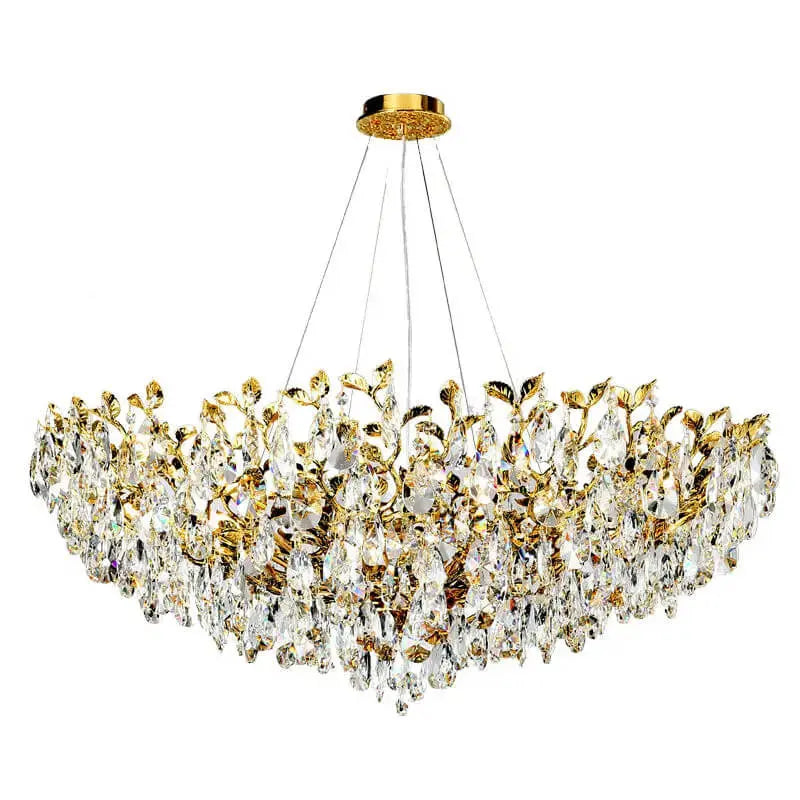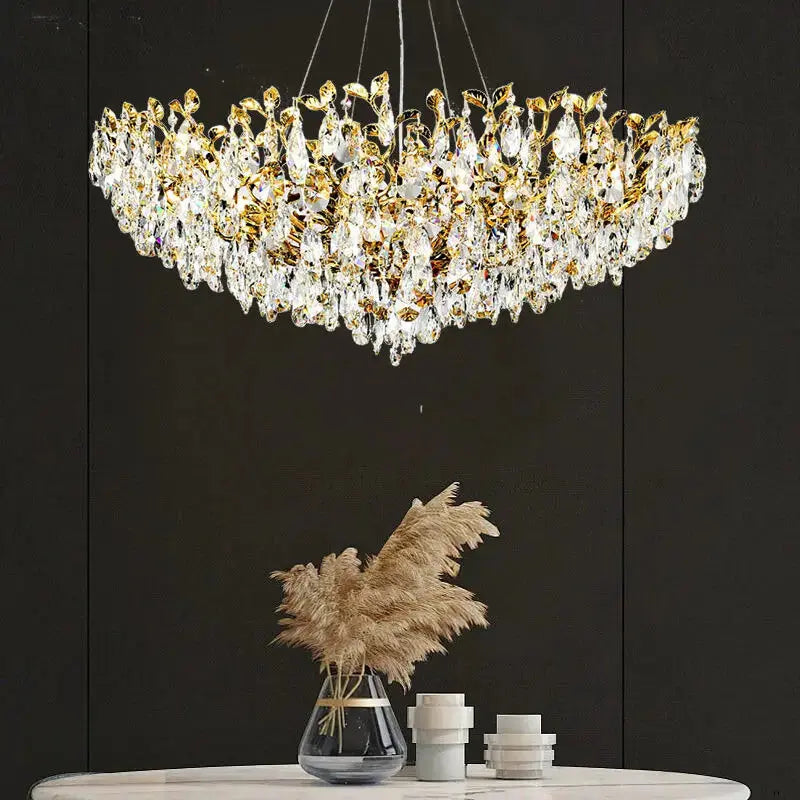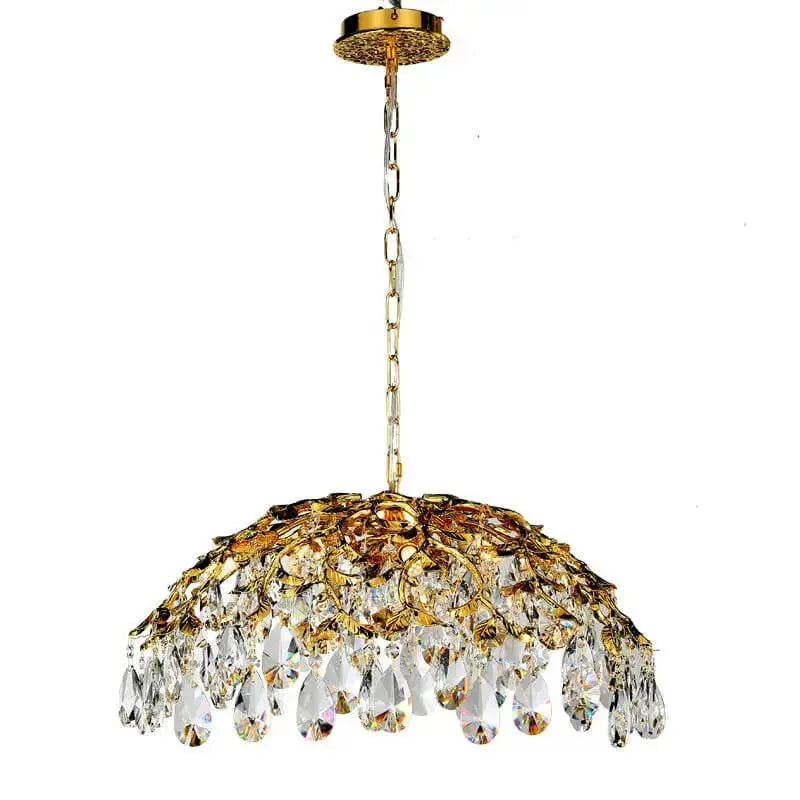Want to breathe easier at home? Adding certain plants to your living room can help clean the air naturally. Some plants are really good at removing toxins and making the air fresher. Plus, they can make your home look nicer and even boost your mood. Here are some top choices for cleaner air.
Key Takeaways
- Plants like Peace Lily and Snake Plant can remove toxins from the air.
- Adding plants to your living room can improve air quality and your mood.
- Some plants are better at cleaning the air than others.
- You don't need an air purifier if you have the right plants.
- NASA has studied which plants are best for cleaning indoor air.
Peace Lily
The Peace Lily, also known as Spathiphyllum, is a popular choice for improving air quality in your home. This stunning plant can grow up to 16 inches tall and features beautiful white blooms that appear in the summer.
Peace Lilies are particularly effective at filtering out common household toxins, including:
- Benzene
- Trichloroethylene
- Formaldehyde
These plants thrive in partial sunlight and humid environments, making them ideal for living rooms with low light. However, it's important to note that Peace Lilies are toxic to pets, so keep them out of reach of cats and dogs.
With their glossy green leaves and air-purifying abilities, Peace Lilies are a fantastic addition to any living room, especially those spots with low light.
To keep your Peace Lily healthy, water it weekly and use a slow-release fertilizer in the spring to encourage growth and blooming.
Spider Plant
Spider plants are beautiful, sprawling greens that are great for improving air quality. NASA’s study found that spider plants were able to remove 95% of chemicals from the air in 24 hours. They are also pet-friendly, making them a perfect addition to any home.
Spider plants filter toxins including:
- carbon monoxide
- benzene
- styrene
- formaldehyde
- xylene
- toluene
These plants don't need frequent watering. The sprawling spider plant is rarely thirsty. In fact, it can go a week or more without water, thanks to its tubelike roots that store nutrients. Still, if you see the leaf tips begin to turn brown, it's time to give it a drink.
Spider plants are a great choice for those looking to improve their indoor air quality with minimal effort. They are low-maintenance and easy to care for, making them ideal for busy households.
Marble Queen Pothos
The Marble Queen Pothos is a fantastic choice for improving indoor air quality. This plant is known for its ability to remove harmful VOCs like formaldehyde, benzene, and toluene from the air. It's also incredibly easy to care for, making it perfect for those who struggle to keep plants alive. You only need to water it every seven to ten days.
One of the standout features of the Marble Queen Pothos is its resilience. It's nearly impossible to kill, which is why it's often called Devil's Ivy. This plant can thrive in low light or fluorescent light, making it versatile for different living room settings.
However, it's important to note that the Marble Queen Pothos is not pet-friendly. It contains toxins that can be harmful to pets if ingested.
The Marble Queen Pothos is so effective at cleaning the air that biotech companies are using it in advanced air-purifying systems. This plant can remove as many toxins as 30 regular plants, making it a powerhouse for cleaner air.
Snake Plant
The Snake Plant, also known as Mother-in-Law’s Tongue, is a popular choice for those looking to improve air quality. This plant is incredibly hardy and can thrive in various lighting conditions, from bright, indirect sunlight to low light. It's an excellent option for an eco-friendly home decor setup.
Benefits
- Filters toxins like formaldehyde, trichloroethylene, and benzene.
- Releases oxygen at night, making it a great addition to bedrooms.
- Requires minimal care, perfect for busy individuals.
Care Tips
- Water sparingly; let the soil dry out between waterings.
- Place in medium to bright, indirect sunlight.
- Maintain average room temperature and humidity.
The Snake Plant is a resilient and low-maintenance option for anyone looking to add a touch of green to their living space while also purifying the air.
Quick Facts
| Feature | Details |
|---|---|
| Light | Medium to bright, indirect |
| Water | Sparingly, let soil dry out |
| Temperature | 65-75°F |
| Humidity | Average, 25%-49% |
| Toxicity | Toxic to humans and pets if ingested |
Aloe Vera
Aloe Vera is one of the top plants for home decor. This tropical succulent thrives in sunny spots and doesn't need frequent watering, making it perfect for beginners. Its fleshy leaves contain aloe vera gel, which you can use for skincare or haircare products.
Aloe Vera is also a fantastic air purifier. It helps remove toxins like formaldehyde, trichloroethylene, benzene, and xylene from the air. This plant is not only useful for its anti-inflammatory properties but also for improving air quality.
Aloe Vera plants develop brown spots on their leaves when exposed to high levels of harmful chemicals, indicating poor air quality.
To keep your Aloe Vera healthy, ensure it gets plenty of sunlight. If natural light is limited, consider using indoor grow lights. This plant will reward you by filtering out harmful substances from your home environment.
Boston Fern
The Boston Fern, known scientifically as Nephrolepis exaltata, is a popular choice for improving indoor air quality. This fern is recognized for its sword-shaped fronds, making it an attractive addition to any living room. Boston Ferns thrive in humid environments and need consistent moisture to stay healthy.
- Light: Medium to bright, indirect sunlight
- Water: Keep soil moist
- Temperature: 65 to 75 degrees Fahrenheit
- Humidity: Average, 25% to 49% humidity
Boston Ferns are excellent at filtering out toxins such as xylene, formaldehyde, toluene, and benzene from the air. They are perfect for hanging baskets or pedestals, adding a touch of greenery to your space.
Regular misting and keeping the soil moist will ensure your Boston Fern stays lush and vibrant. In winter, trim the fronds back by about 2 inches to help them regenerate and grow better in the warmer months.
English Ivy
English Ivy, also known as Hedera helix, is a popular choice for improving indoor air quality. This hardy plant is easy to grow and can thrive in various conditions. It is especially effective at removing pollutants like benzene, formaldehyde, xylene, and toluene from the air.
How to Keep It Alive
- Light: Prefers bright, indirect sunlight.
- Water: Allow the soil’s surface to dry before re-watering.
- Temperature: Thrives in average temperatures between 65 to 75 degrees Fahrenheit.
- Humidity: Requires high humidity, around 50% or higher.
English Ivy is not only a beautiful addition to your home but also a natural air purifier. However, keep it out of reach of pets, as it can be toxic if ingested.
Benefits
- Reduces airborne fecal matter and mold.
- Low-maintenance and can be grown in soil or water.
- Tolerates low light conditions, although variegated varieties may lose their markings in too much shade.
Need to Know
- Non-toxic to humans but can be poisonous to pets.
- Ideal for hanging planters or trailing down bookcases, adding a touch of natural art to your home.
Bamboo Palm
The Bamboo Palm is a fantastic choice for improving air quality in your living room. This plant is not related to actual bamboo, but it makes a stunning floor piece with its eye-catching fronds. It silently filters harmful chemicals like benzene, trichloroethylene, and formaldehyde from the air.
Bamboo Palms thrive in humid environments, making them perfect for bathrooms. The more light they receive, the taller they grow, reaching heights between four and twelve feet. They also filter out toxins such as ammonia, formaldehyde, xylene, and toluene.
To keep your Bamboo Palm healthy, place it in a well-soiled planter with indirect sunlight. Water it when the surface feels dry. This plant prefers average temperatures between 65 and 75 degrees Fahrenheit and humidity levels between 25% and 49%.
Bamboo Palms are toxic to humans and pets if ingested, so keep them out of reach of children and animals.
Chinese Evergreen
The Chinese Evergreen is a fantastic choice for those looking to brighten up your space with a touch of green. This plant is incredibly easy to care for, making it perfect for beginners. It can tolerate low light and even drought conditions, so you don't have to worry too much about its upkeep. If it gets enough sunlight, you might even see a beautiful calla lily-like bloom.
Benefits
- Removes toxins like formaldehyde, ammonia, and xylene from the air.
- Known to increase productivity, concentration, and memory.
- Reduces stress and boosts mood.
Care Tips
- Thrives in well-drained soil.
- Prefers humid temperatures with medium to low light conditions.
- Fertilize twice a year for best results.
The Chinese Evergreen is not just a plant; it's a little piece of nature that can transform your living room into a cozy and stylish atmosphere.
Gerbera Daisy
Gerbera daisies are not just beautiful; they also help clean the air. These vibrant flowers can filter out harmful chemicals like trichloroethylene and benzene, which are often found in household cleaners. To keep your Gerbera daisies thriving, they need a lot of sunlight, so place them in a bright spot and remember to water them regularly.
Benefits of Gerbera Daisies:
- Brighten up your living space with their cheerful colors.
- Effective at removing toxins from the air.
- Can be grown indoors or outdoors.
Care Tips:
- Light: Ensure they get plenty of direct sunlight.
- Water: Keep the soil moist but not soggy.
- Temperature: Prefer warm conditions, ideally between 65°F to 75°F.
Gerbera daisies can transform your space with stunning living room color schemes. They not only add beauty but also improve air quality, making them a perfect choice for any home.
Gerbera Daisies are a beautiful addition to any garden, bringing vibrant colors and joy. These flowers are easy to grow and maintain, making them perfect for both beginners and experienced gardeners. Want to learn more about how to care for Gerbera Daisies? Visit our website for tips and tricks!
Conclusion
Incorporating air-purifying plants into your living room is a simple and effective way to improve indoor air quality. These plants not only help remove toxins from the air but also add a touch of nature to your home. By choosing the right plants, you can create a healthier and more inviting space for you and your family. Remember, every little bit helps, and combining plants with other air-cleaning methods can make a big difference. So, why not start your journey to cleaner air today by adding some greenery to your living room?
Frequently Asked Questions
How do plants improve indoor air quality?
Plants clean the air by absorbing harmful toxins through their leaves and roots. They also release oxygen, making the air fresher.
Which plant is the best for air purification?
The Peace Lily is often considered one of the best for air purification. It can remove various toxins and requires minimal care.
Are these plants safe for pets?
Some air-purifying plants can be harmful to pets. Always check if a plant is pet-friendly before bringing it home.
How many plants should I have in a room for better air quality?
It's recommended to have at least two plants per 100 square feet to effectively improve air quality.
Do I still need an air purifier if I have these plants?
While plants help improve air quality, they work best alongside air purifiers to remove a wider range of pollutants.
Can these plants improve mental health?
Yes, having plants around can boost your mood, increase creativity, and reduce stress.




